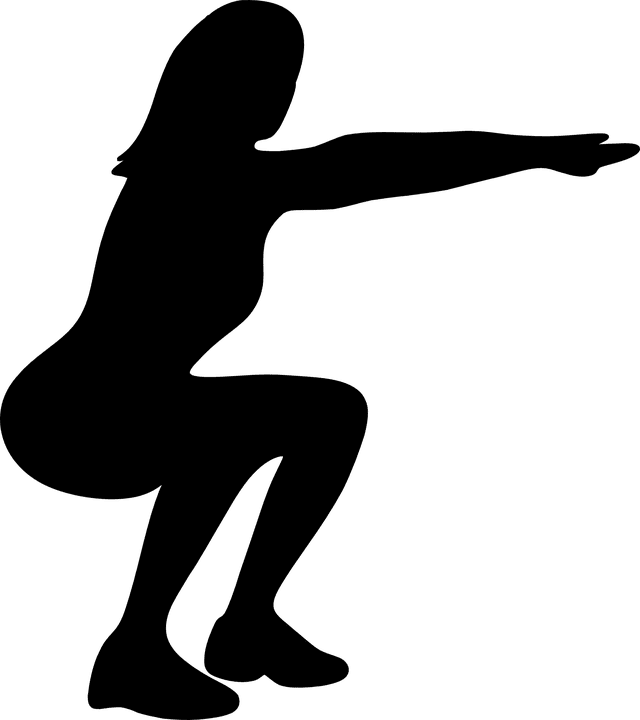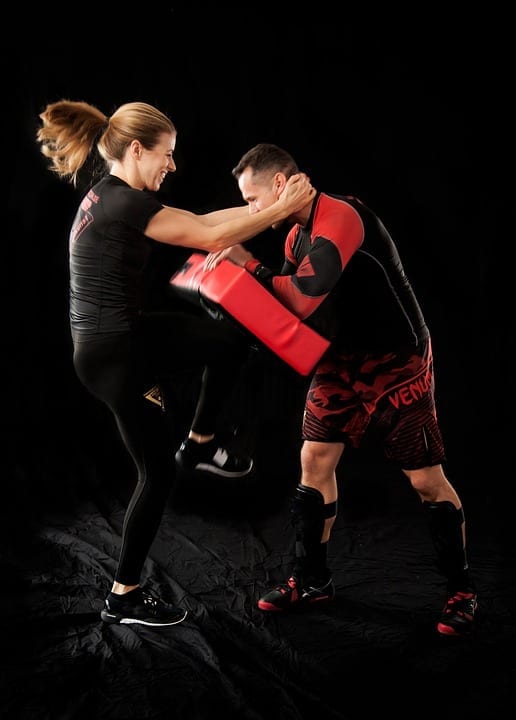Squatting is one of the most commonly used strengthening exercises in athletic, gym and injury rehabilitation settings. In the squat movement, those recovering from injuries have a tendency to flex their hips, knees and ankles simultaneously, which activates all the major leg musculature, including the hamstrings, glutes, quadriceps, and the calves. The muscles of the lower back are also activated, as they are responsible in stabilizing the upper torso. Because squatting enhances both strength and co-ordination in these muscles it has been given the American slang a “lot of bang for your buck” which means lots of benefits for such a simple movement. Even though squatting comprises all these benefits, exercise critics have argued that squatting is associated with an increase in the risk of knee and/or low-back injury and pain.
They also stress that alternative strengthening exercises like leg extensions, leg press and even hamstring curls using weight machines, are safer and are just as effective in reaping the same rewards in leg muscle strength. But before we save this in our memory banks and say no to squatting, we need to examine previous literature. It is important to keep in mind that any exercise conducted incorrectly or excessively can lead to injuries. In America, the US Army has banned squatting due to its harmful effects on the knees. In the 1950s and 1960s studies supported this ban, as when conducted correctly, the medial, lateral, anterior and posterior ligaments were excessively stretched, leading to increased knee instability.
Over the years this bad reputation has gradually faded away due to research by the University of Alabama. The following tips should help you reduce your risk of injuries when squatting:
- Squat only to the point at which the tops of your thighs are parallel to the ground. As your strength and co-ordination improve you can increase the depth of your squats.
- Don’t squat when you are fatigued. Try to avoid training to failure when squatting.
- For two-legged squats, use a shoulder width foot stance.
- Always descend and ascend in a controlled and co-ordinated motion. Don’t jerk or rock back and forth and avoid twisting movements.
- Back pain and knee pain are indicators that you are progressing too fast with your squat. If either pain is experienced, you should rest until the pain dissipates and then decrease your resistance and the number of repetitions.
Sources:
- American College of Sports Medicine (ACSM 2000) – ‘Safety of the Squat Exercise’
- Medicine and Science in Sports and Exercise (1989) Vol.21 – ‘The effect of the squat exercise on knee stability’
- Clinical Biomechanics (2000) Vol.15-3 – ‘Cruciate ligament forces in the human knee during rehabilitation exercises’






Be the first to comment on "Common gym injuries: Squats"